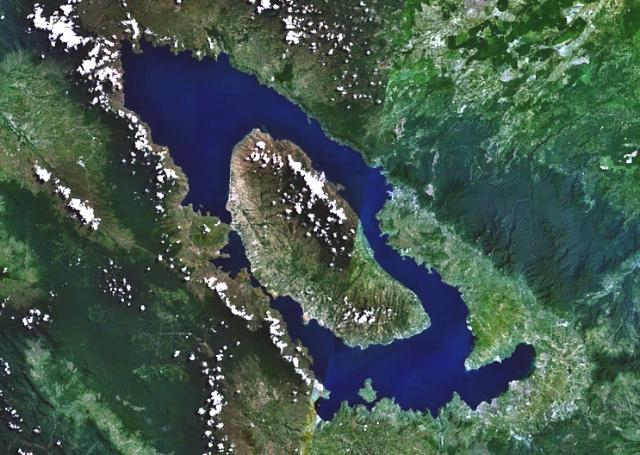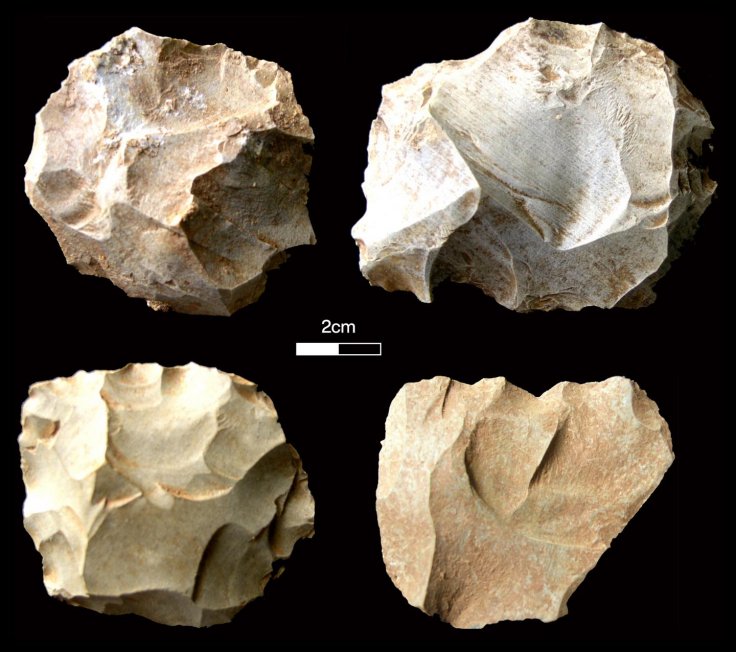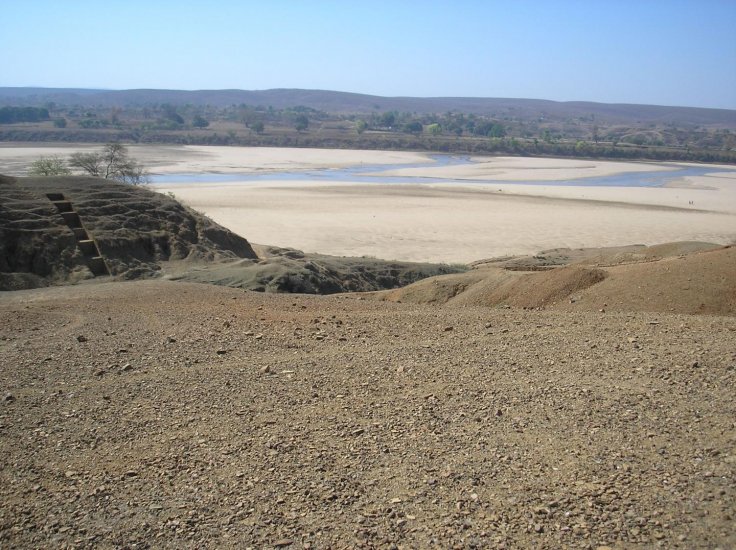Around 74,000 years ago, in what is now called Sumatra, a volcano called Toba exploded which was the largest known eruption in at least the past two million years. It was bigger than the 19th-century volcano eruption of Tambora, located in Indonesia which is the largest eruption in the recorded history.
The Toba eruption was responsible for producing around 2,800 kilometres of magma, deposited meters-thick layers of volcanic ash and released thousands of tons of sulphuric acid and sulfur dioxide into the atmosphere. As per the scientists, Toba eruption may have caused the global temperature to dip by as much as 10 degree Celsius for the next decade.
As per the so-called theory, the eruption left the global human population with just a few thousand survivors. But recent research evidences in Asia and Africa have suggested that even though the Toba eruption was tremendous, the consequences were not so apocalyptic and it did not leave humans in a vulnerable situation.
New findings of the Toba volcanic eruption
Archaeologists recently unveiled an ancient and "unchanging" stone tool industry in Dhaba, in the Northern India which suggested that humans were present in the Middle Son Valley for roughly 80,000 years, before and after the super-volcanic eruption.
Archaeologist Chris Clarkson from the University of Queensland stated that the inhabitants of Dhaba were using stone tools which were similar to the toolkits being used by Homo sapiens in Africa at the same time. He also mentioned, "The fact that these toolkits did not disappear at the time of the Toba super-eruption or change dramatically soon after indicates that human populations survived the so-called catastrophe and continued to create tools to modify their environments."
Toba volcanic eruption theory
As per the theory, the Toba eruption would have led to major catastrophes, including the decimation of hominin populations and mammal populations in Asia and the near extinction of Homo sapiens.
The few surviving ancient humans in Africa were said to have survived by developing sophisticated social, symbolic and economic strategies that enabled them to eventually migrate to Asia 60,000 years ago along the Indian Ocean coastline.
But several researchers have questioned this theory. In 2007, fieldwork in southern India conducted by some of the researchers had challenged these theories which triggered a debate between archaeologists, geneticists and earth scientists about the timing of human dispersal out of Africa and the impact of the Toba super-eruption on climate. Some experts claimed that these ancient stone tools were not created by those who carved out these tools and appeared to have survived the natural disaster.

Further research to find super-volcano eruption truth
In 2018, some fossil evidence from South Africa added more support to the belief that the global human population was not only managed to survive during Toba eruption but also might have thrived in its wake.
Even though researchers agree that 70,000 years ago, there was a drop in human genetic diversity, instead of blaming the Toba eruption, it might be simply a founder effect, meaning the loss of genetic variation that takes place when a new population is established by a very small number of individuals from a larger population.

Stone tools in India
It should be noted that thousands of these ancient tools have helped to fill the gaps of the timeline. The research result revealed human migration out of Africa that expanded across Eurasia much earlier than expected. The new study, which was published in Nature Communications stated that most of the tools found in India's Dhaba province resemble African and Arabian techniques from the Stone Age, while some of them look like early human artefacts from Australia.

The team of scientists who conducted the study also claimed that these tools are human-made which connected the dots of early human migration from Africa to Southeast Asia and then on to the great south land.
In the study, the authors wrote that "Modern human dispersal out of Africa, and more importantly east of Arabia, must, therefore, have taken place before [65,000 years ago]. The Dhaba locality serves as an important bridge linking regions with similar archaeology to the east and west."









